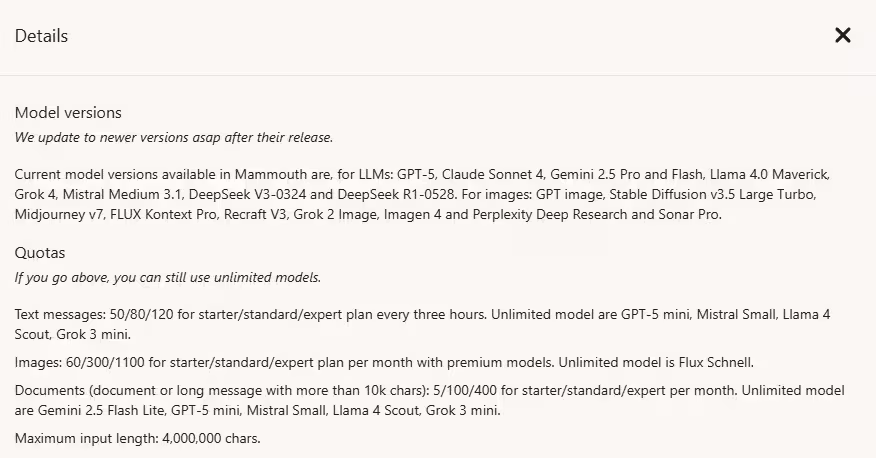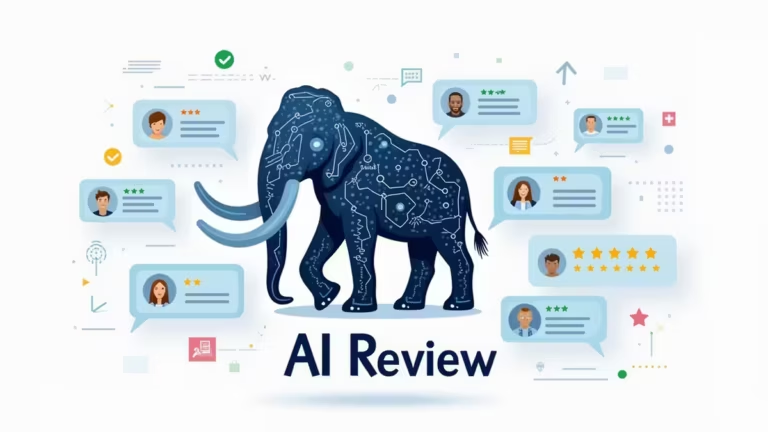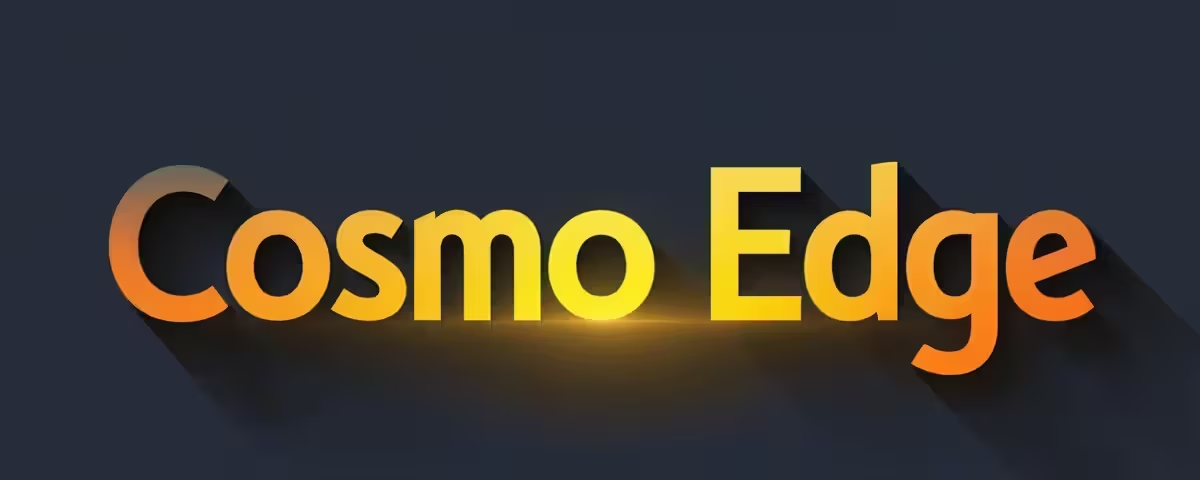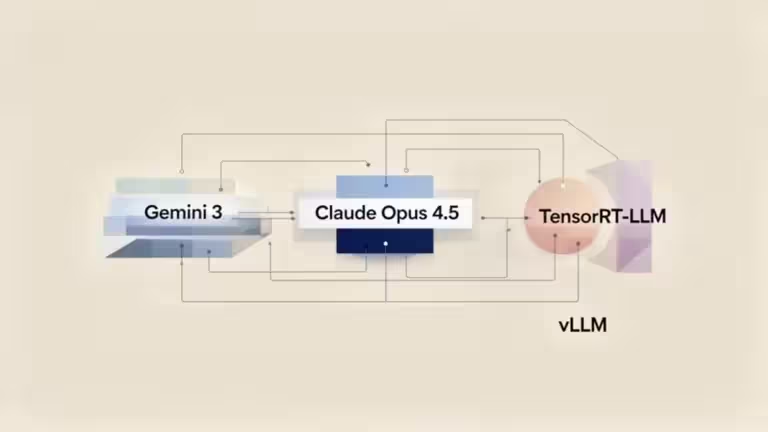Mammouth AI Review : user feedback, reliability, pros and cons

Mammouth AI has made a name for itself in recent months as an AI aggregation platform accessible to everyone, offering flagship models like GPT-5, Claude, or even MidJourney, with a single affordable subscription. But what’s the reality behind the offer? Is it really worth it?
But what do users really think? This review provides a full overview of Mammouth AI: user feedback, editorial testing, community discussions, reliability, and limitations.
What is Mammouth AI?
Mammouth AI operates on a subscription-based model designed to democratize access to advanced artificial intelligence. The core idea is to bring together the best AI models on the market (GPT-5, Claude, Gemini, Llama, Mistral, MidJourney, DALL-E, etc.) on a single interface, accessible for a fixed monthly fee.
This approach allows users to save money by avoiding multiple separate subscriptions for each service. Of course, there are trade-offs. Especially if you are a heavy user of ChatGPT or Claude AI. For instance, you won’t get access to Claude 4 Opus or ChatGPT 5, the advanced reasoning models.
Key features of Mammouth AI’s pricing model
Different subscription tiers:
- Starter: €10/month. Access to flagship text generation models, 50 messages every three hours on advanced chat models (GPT-5, Claude Sonnet 4 …), then fallback to GPT-5-mini. Includes image generation (MidJourney/Stable Diffusion), basic file analysis, and limited premium images/documents quota.
- Standard: €20/month. Higher text and image quotas, priority access, advanced options like beta web search. 80 messages every three hours on advanced chat models.
- Expert: €60/month. Larger quotas. 120 messages every three hours on advanced chat models.
- Business: Custom pricing for intensive use, team collaboration, analytics, and dedicated support.
- Note: Moving from Starter to Standard doubles the price but increases message count by only 60%. The gap is even wider with the Expert plan. It’s often more cost-effective to buy multiple Starter plans…
Main advantages of Mammouth AI:
- Unified access and comparison:
A single dashboard to use models from multiple providers, compare outputs with one-click reprompt, and leverage each AI’s strengths, as noted by Toolify. However, using this often will quickly drain your quotas. - Usage management:
Each plan includes quotas for text, images, and document analysis. Once the quota is reached, the user is automatically redirected to “unlimited” but less powerful models like ChatGPT-5 Mini, or some features are temporarily restricted until reset. - Cross-platform compatibility:
Mammouth AI is available on the web, desktop, and mobile apps, offering flexibility for professionals and individuals. - Target audience:
Freelancers, SMBs, teams, or enthusiasts who want to pool access to multiple AIs without juggling subscriptions. It’s a great way to explore models. But once you identify the ones you need for regular use, a direct subscription to ChatGPT or Claude AI is still better, you’ll get more quotas and features, even if limited to one AI. - Additional features:
Project assistants, file/image upload and analysis, chat history, multilingual support, customizable workflows.

By gathering top AI models under a single affordable subscription, Mammouth AI aims to democratize AI power, making it accessible to all while offering flexibility, speed, and budget control.

Note on long document usage: in practice, depending on the content, 10,000 characters equal ~1,600 to 2,000 words. This is quite a low limit, especially on the Starter plan where quotas are very restricted.
Mammouth AI user reviews and ratings
User feedback on Mammouth AI is mixed, with an average rating of about 2.9/5 on Trustpilot.
Positive points highlighted by users
- Affordable access to multiple premium models: For many, this is the strongest point of Mammouth AI. Users appreciate being able to use GPT-5, Claude Sonnet 4, Gemini 2.5 Pro, or MidJourney with a single subscription, without managing multiple accounts. It’s a convenient way to test models.
- Clear and ergonomic interface: The dashboard makes switching between models and managing prompts straightforward.
- Useful features: One-click reprompt, file support, document analysis, multilingual management — all without technical setup.
- No credit system? But a quota system: This is one of Mammouth AI’s distinctive features compared to competitors. Instead of complex credits (where each action consumes unpredictable units), it provides clear quotas. The number of messages, images, or documents is known upfront, with a visible counter in the UI.
This helps users know exactly what they can consume over a given period (quotas reset every 3 hours or 30 days, depending on the plan). Once the quota is reached, the platform switches to an alternative unlimited model (usually GPT-5-mini), ensuring continuity without sudden service interruptions. This avoids frustration common with credit systems and simplifies AI budget management.
However, this simplicity comes at a cost: once quotas are exceeded, premium model quality is gone, and responses are less precise, detailed, or accurate.
Common criticisms in user feedback
- Uneven response quality: Many users note that results — even with the same models (e.g., Claude), are less reliable or accurate than on official platforms, as discussed on Reddit.
- Lack of consistency: The platform sometimes delivers incoherent or off-target answers, especially on factual queries, document reading, or images (also noted on Reddit).
- Restrictive quota system: Once you exceed quotas (for GPT-5 or Claude Sonnet 4, for example), Mammouth AI switches to GPT-5-mini, a weaker model. This fallback is not always clearly communicated, which often leads to negative reviews about response quality.
Detailed experience – strengths and weaknesses of Mammouth AI
Practical advantages
For those looking for simplicity and a way to try different models, Mammouth AI fits the bill. The unified interface allows you to quickly explore different AI models without requiring technical skills.
Technical limitations and reliability
Differences with official models
One of the most frequent complaints is the gap in response quality between Mammouth AI and official platforms. Many users report that for precise or specialized queries, results on Mammouth AI are sometimes inaccurate or incoherent, while official versions give more detailed and correct answers, as noted by users on Reddit. This also applies to image or document interpretation, where ChatGPT or Claude remain more reliable.
Quotas and user experience
The quota system is designed to balance resource access and ensure availability for all users. In practice, however, it introduces variability in response quality. A user might start with very accurate results (using Claude 4, for example), then suddenly get downgraded to weaker models after reaching the quota, sometimes without realizing it.
Integration model specifics
The reasons for performance differences are not officially documented, but several hypotheses are circulating: different technical integration, limited API features, less frequent updates, or restrictions tied to the APIs themselves. These are factors worth exploring to fully understand Mammouth AI’s reliability.
Comparison with official platforms
When accuracy and reliability are crucial (technical work, specialized writing, factual answers), most users recommend sticking with official solutions like ChatGPT or Claude. Mammouth AI is still relevant for general usage, model discovery, or non-critical tasks. For advanced and frequent use, direct subscriptions to ChatGPT, Claude, Gemini, or others remain more valuable.
Mammouth AI’s transparency about performance differences compared to official platforms could benefit from more clarity.
Mammouth AI community reviews and professional feedback
Discussions on Reddit and specialized forums confirm this duality of opinions. Some see Mammouth AI as excellent value for money, especially to test multiple AIs without heavy commitments. Others emphasize weaker reliability for professional or advanced use, as shown in this Reddit thread.
Video reviews on YouTube also highlight the ergonomics, simplicity, and diversity of models, while underlining technical limitations.
Summary – Mammouth AI: who is it for?

Mammouth AI attracts users thanks to its variety of models, attractive pricing, flexibility, and unified access to multiple AIs. The €10 subscription is undoubtedly the most popular. But it’s important to keep in mind that response reliability and precision for advanced tasks remain limited.
In summary:
- For general-purpose use, discovery, or budget-friendly access, Mammouth AI is an interesting option with its €10/month plan.
- For high-demand, accuracy-driven, or professional needs, direct subscriptions to official providers remain preferable.
Key takeaways
- Mammouth AI is affordable and gives you unified access to multiple AI models, including GPT-5, Claude, Gemini, and MidJourney.
- Quotas are a double-edged sword: they simplify usage but reduce quality after limits are reached.
- Performance is sometimes weaker than on official platforms, especially for factual accuracy or advanced tasks.
- Best for casual use and discovery, but not a full replacement for direct subscriptions when reliability and precision are critical.
My opinion on Mammouth AI
Like other AI service aggregators, this type of business model imposes stricter limits than direct subscriptions. I recommend subscribing directly to services like ChatGPT, Claude, Gemini, or Mistral. For testing multiple AIs for a month, Mammouth AI can be a solution. Still, I strongly advise reading the billing details carefully before making a decision.
For regular use, it’s a service to avoid. First, quotas are more restrictive than with direct subscriptions. Second, to really make the most of a LLM or AI, you need to know its strengths, weaknesses, and how to craft effective prompts. Mastering one model is key, switching AIs constantly won’t help. Today, differences between major LLMs are minimal. The real advantage lies in knowing which AI fits your needs best and optimizing your prompts for that specific model.
FAQ – Frequently asked questions about Mammouth AI
No. Mammouth AI offers a different, more centralized experience, but the response quality on official platforms remains superior for sensitive tasks.
It depends on your volume. On basic plans, you may quickly hit the limit, which triggers a fallback to less capable models. For intensive professional use, review the quota details carefully.
Yes. The interface is very accessible with no technical setup required. It’s a good way to get started with AI or use multiple models at a lower cost.
News and transparency factors to consider
An important point to keep in mind when evaluating Mammouth AI is the update cadence of integrated AI models. Mammouth AI promises to integrate each major model release (such as GPT-5 or Claude 4) quickly, but short delays can occur while the provider secures API access and adapts the interface for each update. This may explain a slight lag versus the immediate availability seen on official providers that naturally serve their models in real time.
Another key factor is the automatic model fallback after quota overruns. If a user hits the limit for a premium model (e.g., GPT-5 or Claude), Mammouth AI automatically switches to an “unlimited” alternative, typically GPT-5-mini. This ensures service continuity but results in a noticeable drop in performance: quality, depth, and reliability decrease. This can be disorienting, especially if the switch happens mid-session or during a long-running project. It’s crucial to monitor quotas, which reset in cycles (every 3 hours or every 30 days depending on the plan), to avoid unexpected quality shifts and keep results consistent.
Finally, transparency about performance and feature differences across models is another strength of Mammouth AI. The dashboard exposes each model (GPT-5, Claude 4, Gemini, Llama, Mistral, DeepSeek, etc.) and lets you compare outputs with a one-click reprompt. This approach helps you judge live differences in quality, speed, or features by model. However, Mammouth AI usually provides a relatively “raw” version of models without heavy customization, and some features or optimizations are only fully available on official platforms. Users can therefore pick the most suitable model for their use case, while keeping these nuances in mind when managing AI workloads.
Conclusion – Is Mammouth AI worth it?
Mammouth AI is a clever attempt at simplifying access to multiple advanced AI models through a single subscription. Its affordable pricing, cross-platform availability, and wide selection of tools (GPT-5, Claude, Gemini, Llama, Mistral, MidJourney, DALL-E, etc.) make it appealing for users who want to test different AI systems without multiplying costs.
Yet, as highlighted in Trustpilot reviews and Reddit discussions, the limitations of quotas, the drop in performance when switching to fallback models, and the occasional inconsistencies in output make it less reliable for professional or mission-critical use cases.
If your goal is exploration, casual usage, or budget-friendly access, Mammouth AI offers great value, particularly with the €10/month Starter plan. But if you require consistency, precision, and reliability, direct subscriptions to providers like ChatGPT, Claude, or Gemini remain the recommended choice.
Ultimately, Mammouth AI is a gateway platform: excellent for discovering what today’s AI landscape has to offer, but not the best option for deep, consistent, or specialized work.
Your comments enrich our articles, so don’t hesitate to share your thoughts! Sharing on social media helps us a lot. Thank you for your support!






